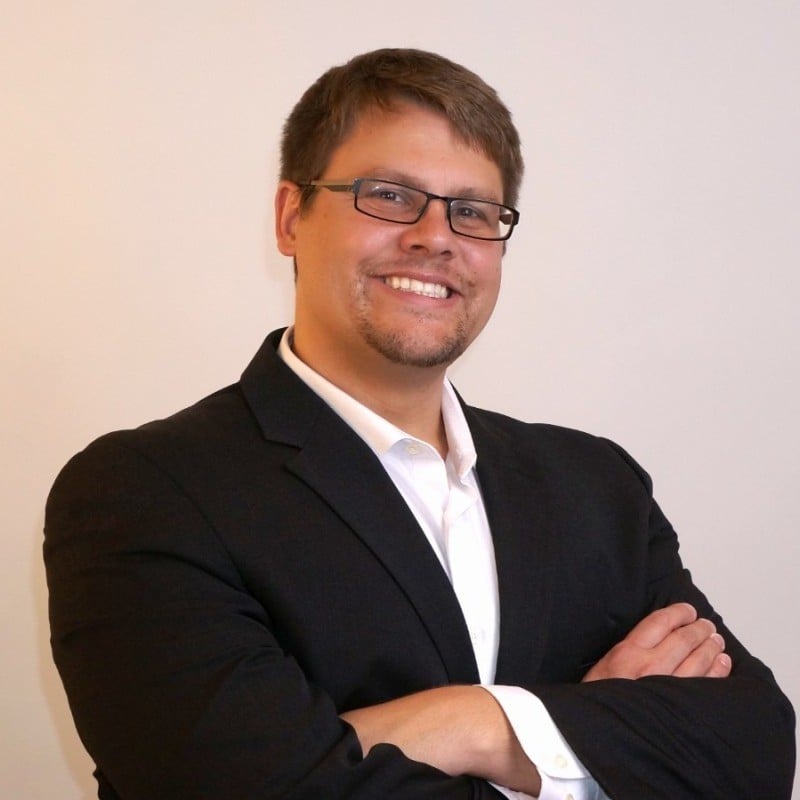Depending on what you plan to manufacture, the cost of a new factory setup can vary from $15B to $20B for a semiconductor fabricator, to under a million dollars for a simple assembly operation.
The 3 Factors Influencing Factory Setup Costs
The complexities of determining factory setup costs go beyond just the product type. It involves understanding production volume, equipment costs and process flow and decorations.
Let's delve deeper into these considerations:
-
Product and Production Volume
First, start with what you are going to produce and how much. Let’s take a simple product: plastic injection mold toys. The process to make them is relatively simple and straightforward. The machinery is not complicated, and it would not take long to train staff. We will assume only one type is produced with a simple changeover for molds between different types of pieces. One is a plastic soldier, and the other is a dinosaur.
Now that we have the product, it’s time to determine how much you plan to produce. How to determine that is beyond the scope of this blog. That is decided by sales. Understanding not only how much you need to produce but what the expected sales will be is critical to pricing out the manufacturing.
-
Equipment Costs
A factory's equipment cost plays one of the largest roles in site development costs. The manufacturing aspect needs to start with the most critical piece of equipment. The rest of the manufacturing process will be designed around that. For plastic injected pieces, it is an injection mold machine. The tempo that this machine sets creates the tempo for manufacturing. If you need a million pieces a year and one machine produces 2,000 per shift, and you run one shift for 250 days per year, you will need two machines.
That figure assumes 100% efficiency which is unlikely and does not account for growth. It is better to buy 3 machines to account for estimated growth. Additionally, this gives the flexibility to perform routine maintenance. Next, find the capacity of the other direct equipment. Direct equipment is the equipment used specifically to work on the product, not to transport or package it.
Now that you have the most critical piece of equipment, you design the manufacturing flow around it. Do you need a conveyor belt? Dust collector? Cooling stations? Based on your production and capacity, you can plan around each of those.
Some equipment has much greater capacity, so only one might be necessary. For example, in many factories, the paint department has to be a certain size and capacity regardless of how much capacity is needed. We had a client that was building a factory with low production of less than 50,000 and then expanding it to 500,000. The paint department did not change size. The tempo was increased, but the equipment did not change.
-
Process Flow and Decorations
The process flow will drive the needs of the rest of the factory. These are used for “decoration”. Rather than Christmas lights or bunding, decoration in this context is what needs to be changed in a factory to ready it for production. It is good to assume at least 5% of the cost of equipment however, the needs can vary greatly.
Taking a modular approach can be very helpful here. Even if there is enough space, only use the space required for the current production. Structuring utilities so they can be moved to accommodate different configurations can also save a lot of time and expense. Layout optimization is also another way to achieve cost savings. We had a client who built all their utilities into the concrete floor and had to tear up the floor when it turned out that the hookups were not in the right place. It was expensive and unnecessary.
Next, price transportation equipment needed, such as a forklift, office, and employee areas (canteen), as well as supplies for the workers on the line and in the office. While you want to keep indirect labor to a minimum, it is important to have the necessary supplies ready.
Personnel is the last part of the consideration. Most equipment manufacturers give a recommended number of operators. That should form the basis of your direct labor calculations. The first position to hire is a general manager and the next is an HR person. These two should form the core of your administrative team and will work together to select, hire and train new employees.
The Bottom Line: Always Assume It Is More Expensive Than Estimated
Finally, once you have added all these costs together, add 20% to the costs. That 20% is to cover any unforeseen issues that may come up. These can range from problems with the contractors installing the equipment, price increases on essentials, delays, etc. Along the way, you may find ways to reduce costs to build a factory, but always have the 20% buffer in mind.
So, now that you have a better understanding of the basic costs required to setup and operate your factory, where do you get started?
- Download our FREE cost calculator spreadsheet: This guide can assist you with understanding the price of your factory. Click here to receive a spreadsheet to calculate the basic costs of operations for your factory and possible operations over the course of one year.
- Consult a manufacturing expert: Reach out to one of MTG's manufacturing consultants who can provide tailored advice based on your specific needs and industry nuances. Our team of experienced professionals is here to assist you every step of the way.
Download our FREE cost calculator spreadsheet below.





